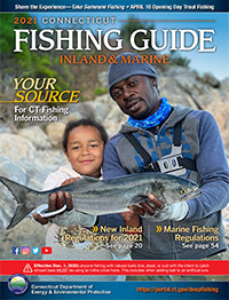Marine Recreational Fishing Regulations
Species Regulations
Marine Recreational Fisheries Regulations for 2025
Applicability of Marine Recreational Fishing Regulations
Marine recreational fishing regulations apply “while on the waters of this state or on any parcel of land, structure, or portion of a roadway abutting tidal waters of this state.” Consistent with this regulation, regardless where you caught your fish, (federal waters, another states’ waters) any fish in your possession must meet Connecticut regulations (size, season, possession limits) when you are in Connecticut waters or on the Connecticut shore. Any fish taken contrary to the minimum length, creel limit or open season regulations must, without avoidable injury, be returned immediately to the water from which taken.
Tri-Lingual Marine Fishing Regulations
Enhanced Marine Recreational Fishing Regulations Sign
Marine Recreational Fishing: Regulatory Terms and Additional Restrictions
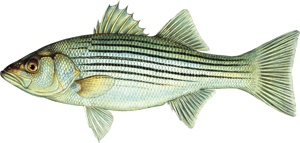
Striped Bass
Minimum length: No person shall possess any striped bass less than 28 inches or greater than or equal to 31 inches measured from the tip of the snout to the end of the tail. Any striped bass less than 28 inches or greater than or equal to 31 inches shall, without avoidable injury, be returned immediately to the water from which taken.
Daily creel limit: 1 fish per angler
Open Season: Open Year Round
Inline circle hook required when fishing with bait (does not apply to artificial lures).
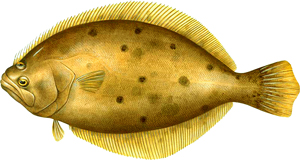
Summer Flounder (Fluke)
Open Season:May 4 - August 1; 19 inchminimum length
Open Season: August 2 - October 15; 19.5 inch minimum length
Daily creel limit: 3 fish per angler
Enhanced Opportunity Shore Fishing Sites the Minimum Length is 17 inches
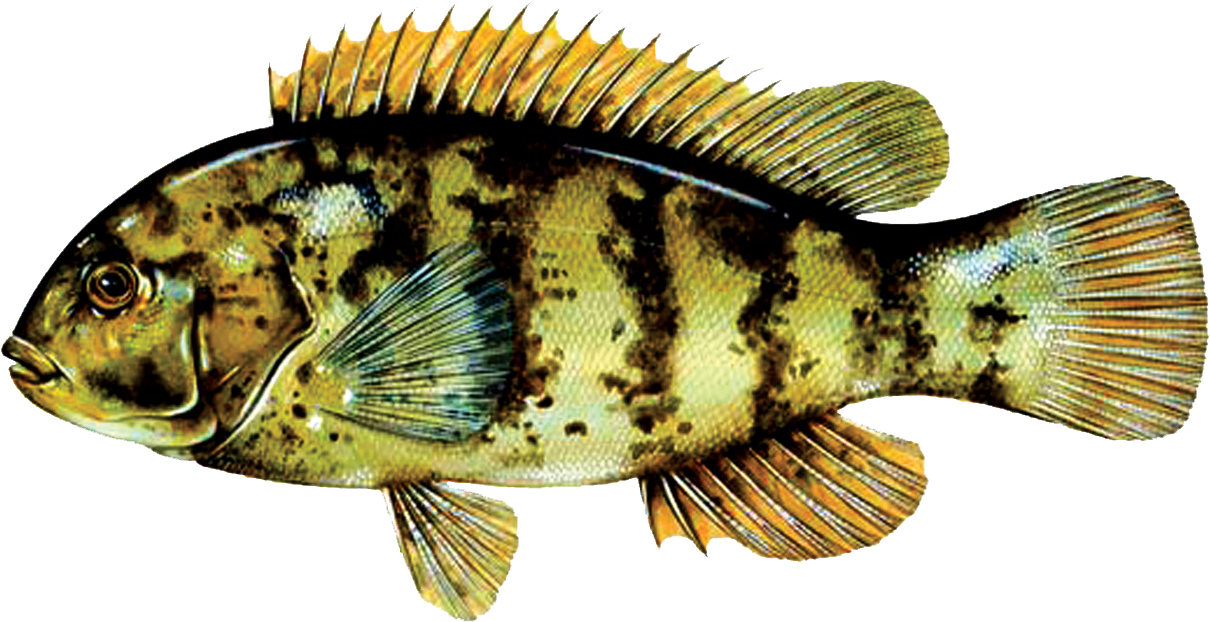
Tautog (Blackfish)
Minimum length: 16 inches
Open Season: April 1 - April 30, 2 fish per angler
Open Season: July 1 - August 31, 2 fish per angler
Open Season: October 10 - November 28, 3 fish per angler
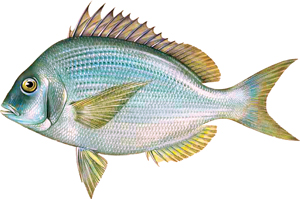
Scup (Porgy)
Minimum length: 11 inches for boat anglers / 9.5 inches for shore anglers (including Enhanced Opportunity Fishing Sites)
Daily creel limit: 30 fish per angler
Open Season: May 1 - December 31
Party/Charter Vessel Bonus Season:
For paying passengers only: 30 fish per angler from May 1 - August 31 and November 1 - December 31;40 fish per angler from September 1 - October 31
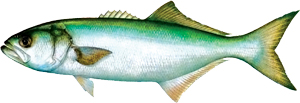
Bluefish
Minimum length: None
Daily creel limit: 3 fish per angler (including "snappers")
Open Season: Open Year Round
Party/Charter Vessel: for paying passengers only - daily creel limit, 5 fish per angler
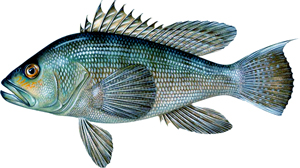
Black Sea Bass -- Regulation Changes for 2025 in bold
Minimum length:16 inches**
Daily creel limit: 5 fish per angler
Open Season: May 17 - June 23; July 8 - November 25; season closed June 24 - July 7
**Excluding tail fin filament (tendril)
Party/Charter Vessels:
Open Season: May 17 - December 31
Bag Limit (for paying passengers only): 5 fish per angler from May 17 - August 31; 7 fish per angler from September 1 - December 31.
Daily logbook reporting required by Party/Charter Vessel operator for trips taking Black Sea Bass

Weakfish (Sea Trout)
Minimum length: 16 inches
Daily creel limit: 1 fish per angler
Open Season: Open Year Round
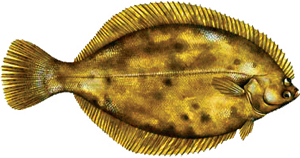
Winter Flounder Minimum length: 12 inches
Daily creel limit: 2 fish per angler
Open Season: Open April 1 - December 31
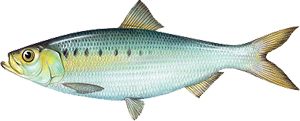
Hickory Shad
Minimum length: None
Daily creel limit: 6 fish per angler (American and Hickory Shad in aggregate)
Open Season: Open Year Round
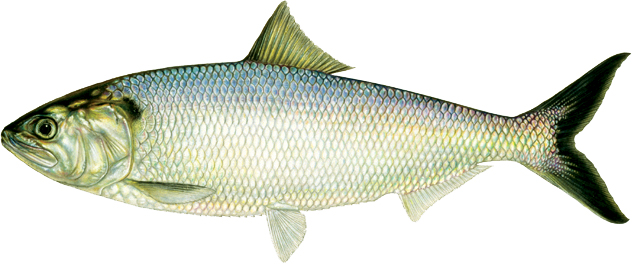
American Shad***
Minimum length: None
Daily creel limit: 6 fish per angler (American and Hickory Shad in aggregate)
Open Season: Open Year Round
***American Shad: all state waters closed, except the Connecticut River System
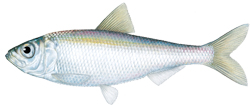
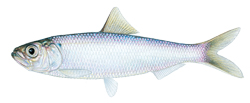
River Herring: Alewife / Blueback Herring
The taking of anadromous alewife and blueback herring is prohibited from all Connecticut waters, including Long Island Sound.

White Perch
Minimum length: 7 inches
Daily creel limit: 30 fish per angler
Open Season: Open Year Round
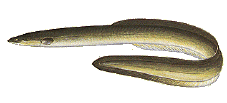
American Eel
Minimum length: 9 inches
Daily creel limit: 25 fish per angler
Open Season: Open Year Round
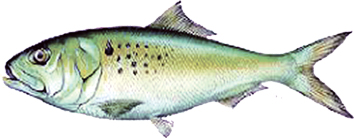
Atlantic Menhaden (Bunker)
Minimum length: None
Daily creel limit: 50 fish per angler or 5 gallons (whichever is the greater amount)
Open Season: Open Year Round

Atlantic Cod: Updated federal regulations
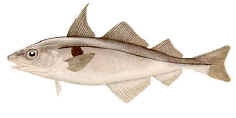
Haddock: Updated federal regulations

Pollock: Updated federal regulations
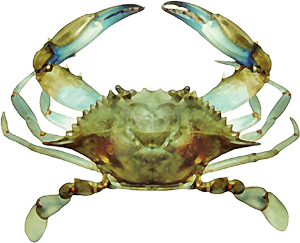
Blue Crab No License Required
Minimum shell width (spike tip to spike tip)
5 inches - Hard shell
3 1/2 inches - Soft shell
Daily creel limit: None
Open Season: May 1 - November 30
Prohibition on egg-bearing females

Jonah Crab No License Required
Daily creel limit: 50 Crabs per Day
Prohibition on egg-bearing females
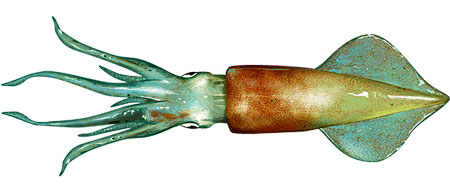
Squid No License Required
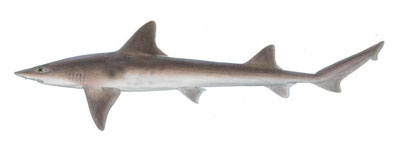

Smooth and Spiny DogfishMinimum length: None
Daily creel limit: None
Open Season: Open Year

Coastal Shark Species
An Atlantic Highly Migratory Species (HMS) permit is required to take, possess, or land any shark species, other than smooth or spiny dogfish, in this state in either the sport or commercial fisheries. Obtain an HMS permit, or call NMFS Customer Service Center at 1-888-872-8862.
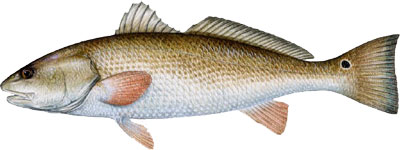
Red Drum (Redfish)
Maximum length: 27 inches
Daily creel limit: 1 fish per angler
Open Season: Open Year Round
Tunas, billfish, and swordfish are managed by NOAA's Highly Migratory Species Office. Please consult NOAA Fisheries for permitting requirements and regulations.

